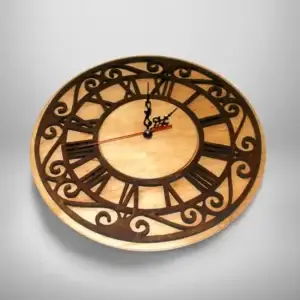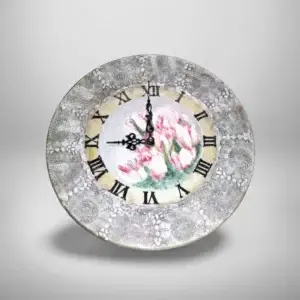Clocks – the beauty and precision of TIME
Clocks have been an integral part of human life for centuries, serving as both practical timekeepers and important style elements. The first time-measuring devices, such as sundials, water clocks and hourglasses, paved the way for the era of mechanical clocks, which began in 14th-century Europe. Since then, clockmaking has evolved both technologically and aesthetically, making clocks an inseparable part of daily life and interior design.
Clocks can vary greatly
– wall clocks, table clocks, grandfather clocks and wristwatches all serve both practical and decorative purposes. Classical clocks are often elegant and timeless, while modern designer clocks highlight minimalism or unique materials and forms.
A wide range of techniques and materials are used in clockmaking – from precious wood and metal to glass, ceramics and modern composite materials. Some clocks are handcrafted by artisans, with every detail carefully shaped, while others are high-tech precision timepieces.
Regardless of their form or style, clocks are symbols of time – they not only measure it, but also create a special atmosphere and add personality and harmony to a space or to the wearer. Time moves on, but beautifully crafted clocks will always remain an important part of our lives.


